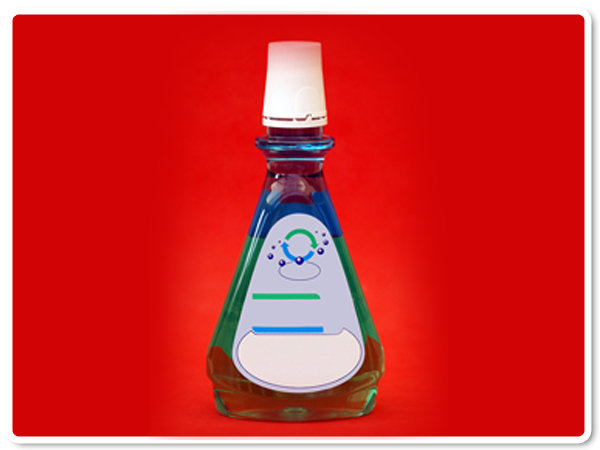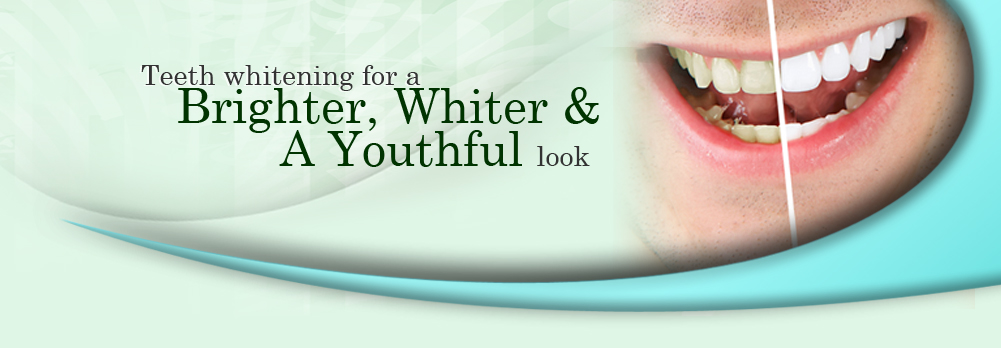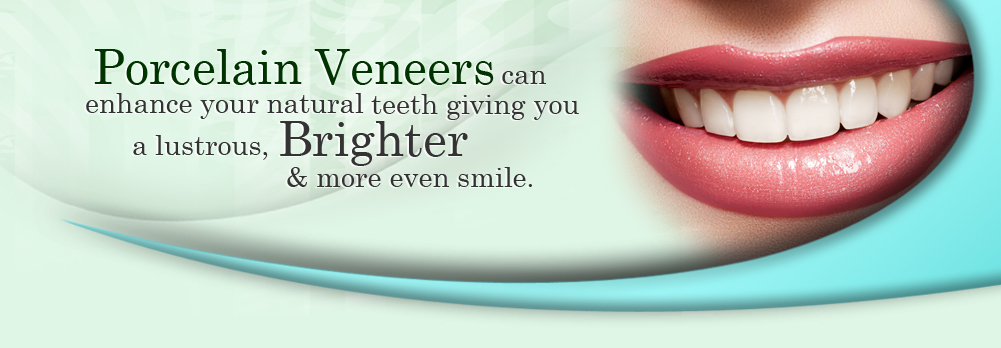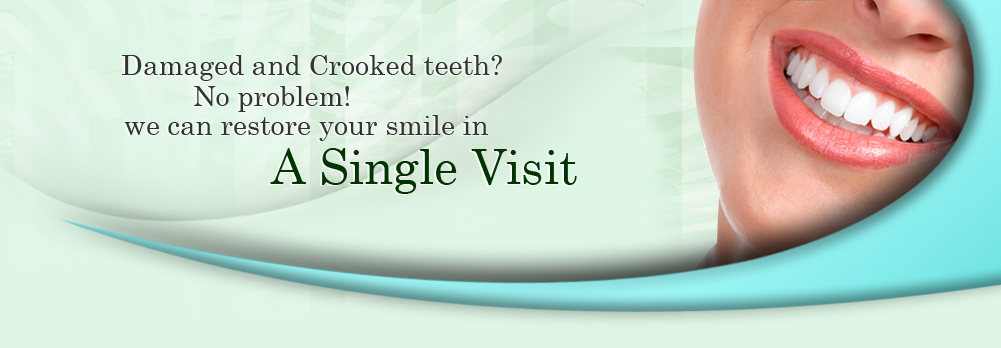Mouthrinses
What are the differences in Mouth Rinses?
Rinses are generally classified by the U.S. Food and Drug Administration (FDA) as either cosmetic or therapeutic or a combination of the two. Cosmetic rinses are commercial over-the-counter (OTC) products that help remove oral debris before or after brushing, temporarily suppress bad breath, diminish bacteria in the mouth, and refresh the mouth with a pleasant taste. Therapeutic rinses have the benefits of their cosmetic counterparts, but also contain an added active ingredient that helps protect against some oral diseases. Therapeutic rinses are regulated by the FDA and are voluntarily approved by the American Dental Association (ADA). Therapeutic rinses also can be categorized into types according to use: antiplaque/ antigingivitis rinses and anticavity fluoride rinses.
Should I use a rinse?

That depends upon your needs. Most rinses are, at the very least, effective oral antiseptics that freshen the mouth and curb bad breath for up to three hours. Their success in preventing tooth decay, gingivitis (inflammation of the gingival gum tissue) and periodontal disease are limited, however. Rinses are not considered substitutes for regular dental examinations and proper home care. Dentists consider a regimen of brushing with fluoride toothpaste followed by flossing, along with routine trips to the dentist, sufficient in fighting tooth decay and periodontal disease.
Which type should I use?
Again, that depends upon your needs. While further testing is needed, initial studies have shown that most over-the-counter antiplaque rinses and antiseptics aren’t much more effective against plaque and periodontal disease than rinsing with plain water. Most dentists are skeptical about the value of these antiplaque products, and studies point to only a 20 to 25 percent effectiveness, at best, in reducing the plaque that causes gingivitis.
Anticavity rinses with fluoride, however, have been clinically proven to fight up to 50 percent more of the bacteria that cause cavities. Nevertheless, many dentists consider the use of fluoride toothpaste alone to be more than adequate protection against cavities. Dentists will prescribe certain rinses for patients with more severe oral problems such as caries, periodontal disease, gum inflammation, and xerostomia (dry mouth). Patients who’ve recently undergone periodontal surgery have often been prescribed these types of rinses. Likewise, many therapeutic rinses are strongly recommended for those who can’t brush due to physical impairments or medical reasons.
When and how often should I rinse?
If it’s an anticavity rinse, dentists suggest the following steps, practiced after every meal: brush, floss, and then rinse. Teeth should be as clean as possible before applying an anticavity rinse to reap the full preventive benefits of the liquid fluoride. The same steps can be followed for antiplaque rinses, although the Plax brand recommends rinsing before brushing to loosen more plaque and debris, a measure that has not been clinically proven to be effective. If ever in doubt, consult your dentist or follow the instructions on the bottle or container. Be sure to heed all precautions listed.
What is the proper way to rinse?
First, take the proper amount of liquid as specified on the container or as instructed by your dentist into your mouth. Next, with the lips closed and the teeth kept slightly apart, swish the liquid around with as much force as possible using the tongue, lips, and sucking action of the cheeks. Be sure to swish the front and sides of the mouth equally. Many rinses suggest swishing for 30 seconds. Finally, rinse the liquid from your mouth thoroughly.
Are there any side effects to rinsing?
Yes, and they vary depending on the type of rinse. Habitual use of antiseptic mouthwashes containing high levels of alcohol (ranging from 18 to 26 percent) may produce a burning sensation in the cheeks, teeth, and gums. Many prescribed rinses with more concentrated formulas can lead to ulcers, sodium retention, root sensitivity, stains, soreness, numbness, changes in taste sensation, and painful mucosal erosions. Most anticavity rinses contain sodium fluoride, which if taken excessively or swallowed, can lead over time to fluoride toxicity. Because children tend to accidentally swallow mouthwash, they should only use rinses under adult supervision. If you experience any irritating or adverse reactions to a mouth rinse, discontinue its use immediately and consult your dentist.











 My husband and I love Prestonwood Dental. I already wrote a review for Dr. Daftary, and realized I should write one for her practice as well, because she and her entire team are brilliant
My husband and I love Prestonwood Dental. I already wrote a review for Dr. Daftary, and realized I should write one for her practice as well, because she and her entire team are brilliant




